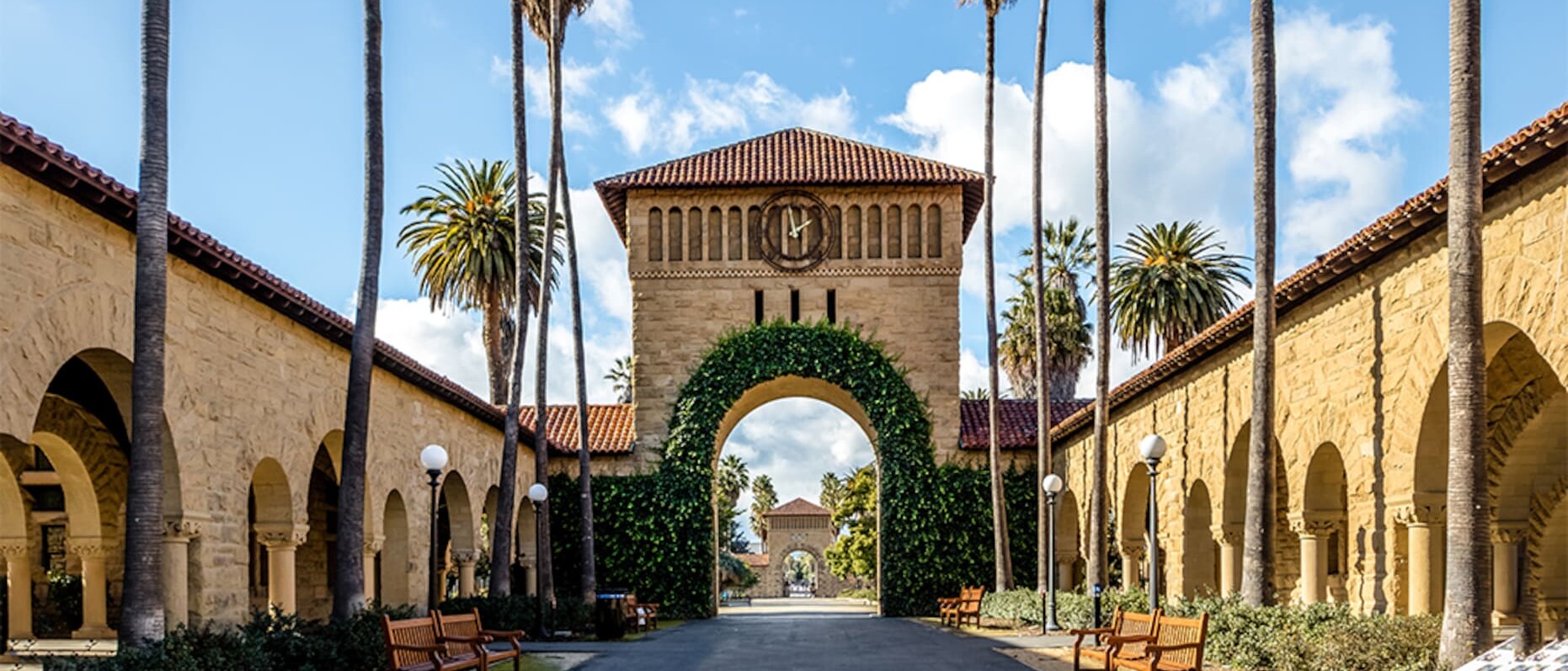No, it's not fair!
Every year commentators call on new superlatives to describe the plummeting admit rates at selective colleges. Beset by a growing sense of anxiety about their chances of admission to increasingly rejective colleges, students cast around for explanations in a process that feels increasingly out of their control. “It is not fair,” they say.
They are right, of course, if by fair one means a straightforward, linear application process that rewards clearly defined accomplishments and penalizes equally defined lapses. In fact, college admission has never been “fair” in that sense. After all, how is it fair when some students find that application process easier to navigate than other equally accomplished students, because they have well-educated parents familiar with it? Or when a wealthy family can trade influence and donations for a place at a very selective college? Or when some families can afford a great college education without breaking the bank, while many others, disproportionally students of color, will graduate with crushing debt, if at all?
Perhaps the reason why we want to cast the process within that fair/unfair binary is that it puts the focus on individual students and what they have done and achieved. That allows for a sense of control – if I know that doing X will achieve Y, it becomes within my reach. Doing so, though, misses a very important reality about college admission: it is not simply, or even mostly, about individual students. Rather, it is about the institutional needs of the college.
Listening to families talk, one might assume that an admission office IS the college. But, in reality, the former is simply one piece (albeit an important one!) within a larger institutional whole. As such, it is subject to myriad demands and needs from all corners of that bigger edifice. Does the college’s well-known touring orchestra need a new harpist? Has the anthropology department expanded and would therefore like to see a few more prospective anthropologists? Is the university keen to maintain its status as a liberal arts institution rather than a technical school? Can the institution compete with private industry, and its much higher wages, for enough accomplished computer scientists and biochemists to teach the vast army of STEM applicants? Does the public institution need to accept more out-of-state students because its own state government fails to adequately fund it?
Colleges will address these challenges in many ways. But undergraduate admission is one very significant tool with which to do so. Does this make its admission policies and decisions unfair? It will surely feel so to very diligent high school students who did whatever was asked of them to become a strong candidate and still find themselves turned away by very selective institutions. Their disenchantment is fed by many admission offices that insist that their lack of transparency, even about basic information such as admit rates, is meant to benefit students. (With Penn, Cornell and Princeton joining Stanford in refusing to reveal their admit rates, a shout-out to those folks, like Andy Borst at Illinois and Rick Clark at Georgia Tech, who are working to help pull the curtain back and allow families to see them at work.)
At a moment when higher education is under attack from multiple directions in American society, blunt honesty might be the best marketing strategy of all! Meanwhile, students might want to ponder the fact that when admission officers talk about “holistic” – that magic fig leave of admission speak – the whole in question refers as much to the institution of which an admission office is merely one cog as it does individual students and their contributions.
